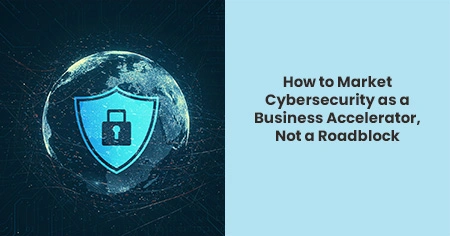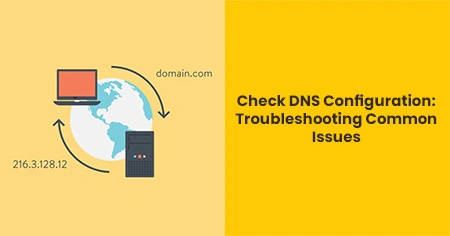As a cybersecurity business owner, you’ve probably felt that frustration from both sides. You know that your services are valuable and crucial, yet potential users and customers often see your services as an expensive necessity they’d rather avoid.
This perception creates a significant challenge for cybersecurity businesses trying to grow their businesses and win over the minds of those in charge of the budget.
The problem boils down to this: prospects probably see your services as a cost centre and business expense rather than an enabler. When security is viewed as the "no" department, innovation slows down, opportunities are missed, and, ironically, shadow IT flourishes as people find workarounds to "get things done."
The Perception Problem
You've probably been in a meeting where someone proposed an exciting new initiative or found a new tool that they want to implement. Then, all you hear are groans when someone mentions, "We should check with security first." That collective eye-roll speaks volumes about how cybersecurity is viewed in many organizations.
The truth? Good security solutions don't have to slow your customers down. In fact, they can be their secret weapon for accelerating business growth—and that’s exactly the way you need to market it.
Speak the Language of Business, Not Tech
Here's a hard truth that many security professionals find difficult to swallow: Most business leaders don't actually care that much about security tools. If they are non-technical people (which many key decision makers are), their eyes would likely glaze over the minute you start talking about "zero-day vulnerabilities" or "multi-factor authentication protocols."
That’s why effective cybersecurity marketing is all about finding ways to translate complex concepts into clear business outcomes. Rather than describing the technical specifications of your firewall, why not explain how it prevents the kind of downtime that could cost the company thousands of dollars per hour?
Or when a CFO asks about ROI, responding with technical specifications is like answering in a foreign language. You might be speaking perfect French, but communication fails entirely if they only understand English.
The good rule of thumb here is that if your marketing materials sound like they came from an engineering manual, you’re almost certainly alienating a key part of your market. To test this, try your messaging on someone outside the security field and ask them to explain what benefit or value your service provides. If they struggle, so will your prospects.
Make Security Visible During Wins
As with any good security solution, it should operate as quietly as possible in the background. It should be non-intrusive, and the goal is that people don’t even realize that it’s there. While this is great for the user experience, the only real time that security solutions (or teams) get visibility is when something goes wrong. This can then start to create an association between security and negative outcomes.
Then, cybersecurity businesses must reverse this script by making security highly visible during positive events.
You can do this by creating high-value case studies that showcase clients who won deals specifically because of their strong security posture. Highlight how your security solution freed up time for staff members, allowing them to focus on more strategic tasks and boosting business efficiency.
The key to framing security as an enabler rather than a progress blocker lies in making sure people understand its role in the wins, not just as a “break glass in case of emergency” tool.
Use Storytelling, Not Scare Tactics
FUD stands for fear, uncertainty, and doubt. Although this term is probably best known in investing circles, it’s also long been used as a marketing strategy across many industries, particularly those based in security or defense.
It works like this: Paint a scary picture about the threats out there and help prospects visualize what might go wrong if they don’t have your product/service in place. Sprinkle in some alarming statistics about breaches and their costs. Then, position your solution as the shield against these nightmares.
While this approach can be practical, it’s becoming less so. Why? Decision-makers are becoming fatigued and overwhelmed with all of these threats and alerts. They hear it day in, day out - before long, they become numb and switch off these warnings. On top of this, fear-based marketing is another way that security is labelled as a necessary evil rather than a business enabler – exactly the perception you're trying to overcome.
As such, your cyber PR strategy should similarly focus on positive security stories that position clients as industry leaders rather than simply compliance-focused organizations. Real human stories resonate much more powerfully than statistics or technical specifications.
Being mindful of this with your cyber PR efforts can help you create more emotional connections and memorable narratives that executives can easily recall when making purchasing decisions. While your competitors are still using scare tactics, you'll tell success stories aligning security with their business aspirations.
Final Word
Repositioning cybersecurity from a business roadblock to an accelerator isn't just marketing spin—it's a necessary evolution.
The cybersecurity companies that thrive will not necessarily be those with the most advanced technical capabilities but those that successfully demonstrate how security enables growth, speed, and competitive advantage.








